 …Be joyful
…Be joyful
Though you have considered all the facts.
~ Wendell Berry ~
Given the losses, both personal and communal, of 2020, and the fact that we were in pre-vaccination pandemic, I knew from the beginning that this year would be a quiet time of recovery. It was also, though I didn’t guess it then, destined to be a year of tender joys and intriguing discoveries. Nature, ever offering its wonders, became my greatest consolation.
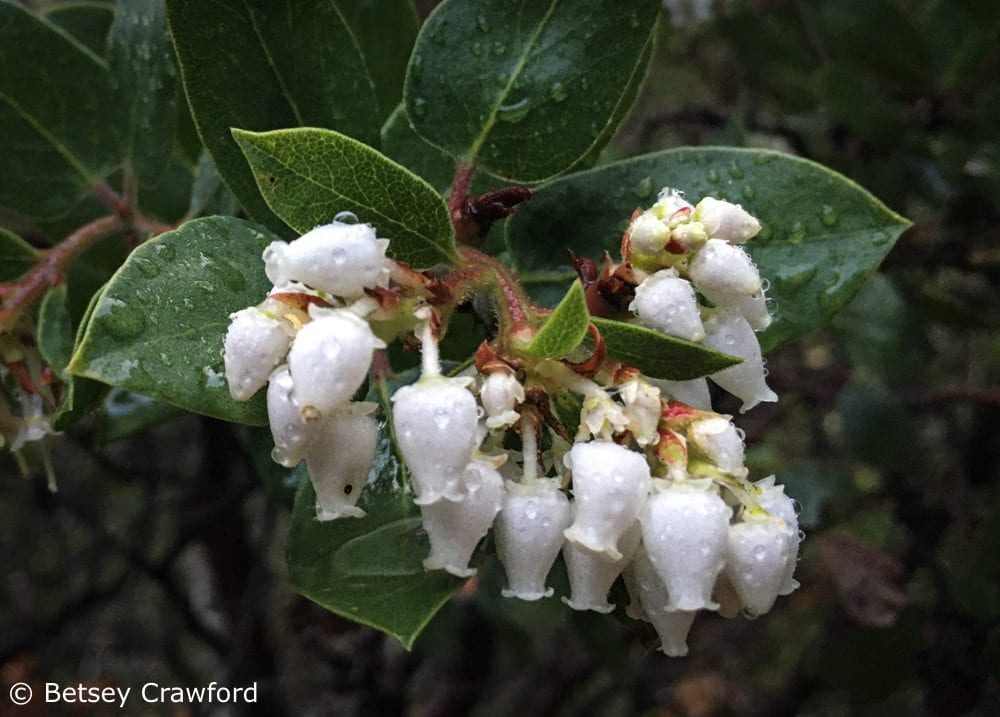 It started right at the beginning. I’d dreaded the coming grayness of the rainy season, forgetting that a magical thing happens when the autumn rains come to parched coastal California — the world turns a green so vivid and alive that it’s like a presence walking with you through the canyons, along mountain trails. Shimmering with a silvery sheen of water, leftover raindrops glistening, the landscape lights up despite the gray sky. The water itself, one of the most ancient gifts of the cosmos, here from the beginning of the earth’s formation, brings with it the consolations of our enduring mutual ancestry in the great, early mother stars. “Giving back life,” as I quote Walt Whitman in my essay, Rain, “to its own origin, and making pure and beautifying it.”
It started right at the beginning. I’d dreaded the coming grayness of the rainy season, forgetting that a magical thing happens when the autumn rains come to parched coastal California — the world turns a green so vivid and alive that it’s like a presence walking with you through the canyons, along mountain trails. Shimmering with a silvery sheen of water, leftover raindrops glistening, the landscape lights up despite the gray sky. The water itself, one of the most ancient gifts of the cosmos, here from the beginning of the earth’s formation, brings with it the consolations of our enduring mutual ancestry in the great, early mother stars. “Giving back life,” as I quote Walt Whitman in my essay, Rain, “to its own origin, and making pure and beautifying it.”
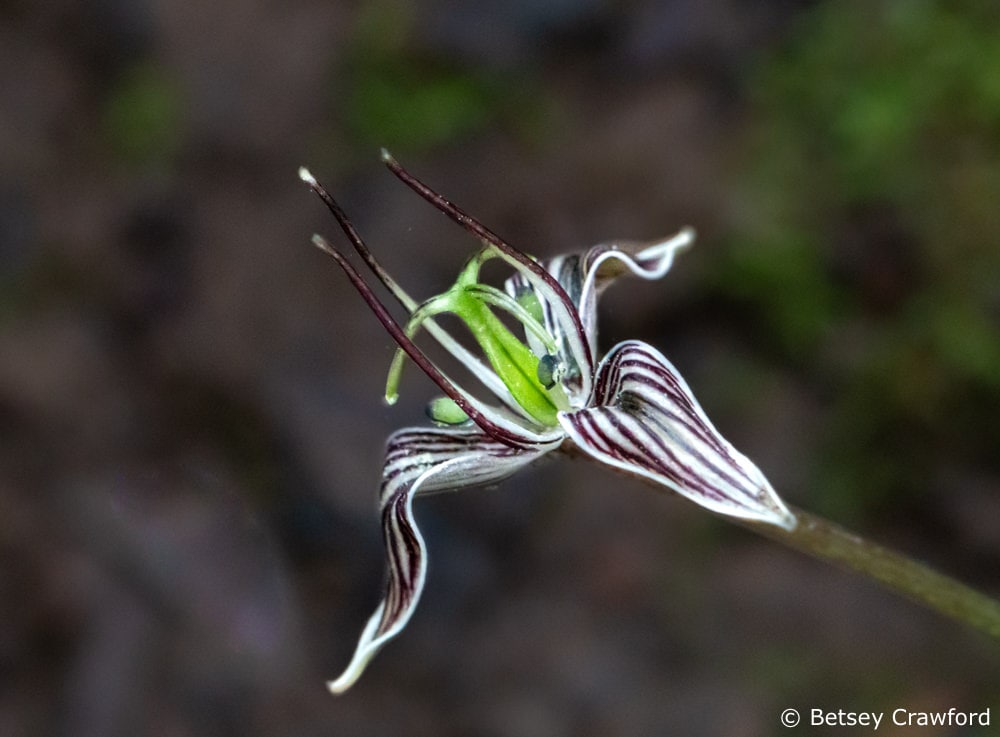
In March, on what would have been my partner, George’s 90th birthday, we had his memorial, on zoom. Though the day itself was wonderful, bringing him vividly alive, it was emotional to arrange and to recover from. I described my greatest consolation during that complex month in Stalking the Elusive Adder’s Tongue. Going day after day to dwell with tiny, speckled flowers that filled a section of the woods behind my apartment. I watched from their earliest, vivid green shoots through their fascinating, gothic flowers to their fading and swelling of seeds. I brought them the gifts of love and the desire to pay deep attention. In turn, in that quiet cycle in the heart of the forest, they gave me their gifts: life, beauty, mystery, wonder. A glimpse into the deepest creative forces of the cosmos. Profoundly comforting blessings any time, and particularly this year.
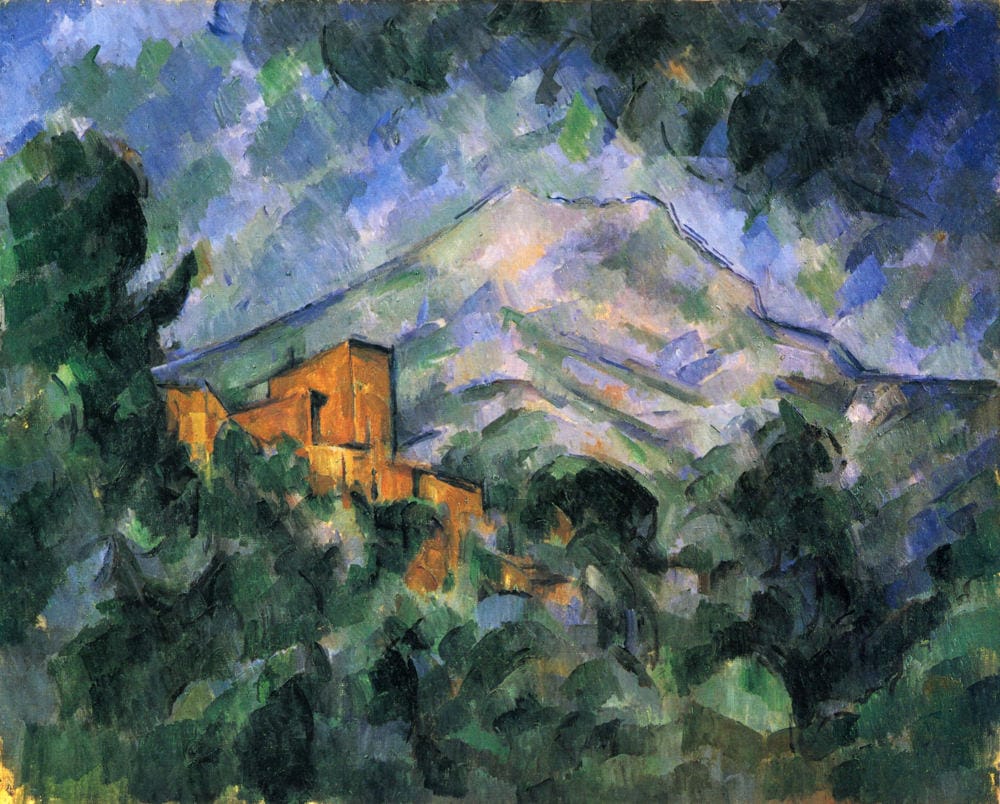
They also spoke to me of the deep intelligence of plants, as did reading revolutionary plant scientist Monica Gagliano’s book, “Thus Spoke the Plant.” Her extraordinary discoveries, accompanied by her colleagues’ resistance to them, had me pondering what has allowed me to be receptive to her message and to similar discoveries of other plant scientists. These questions led to Cezanne, Shamans, and the Intelligence of Plants, probably the first time those three subjects have ever appeared together in one place. What they share takes us into perception and vision, growing the ability to see beyond the surface of our knowledge and habits to the radiant possibilities and pathways beyond. And from there, to bring about the future we are longing for.
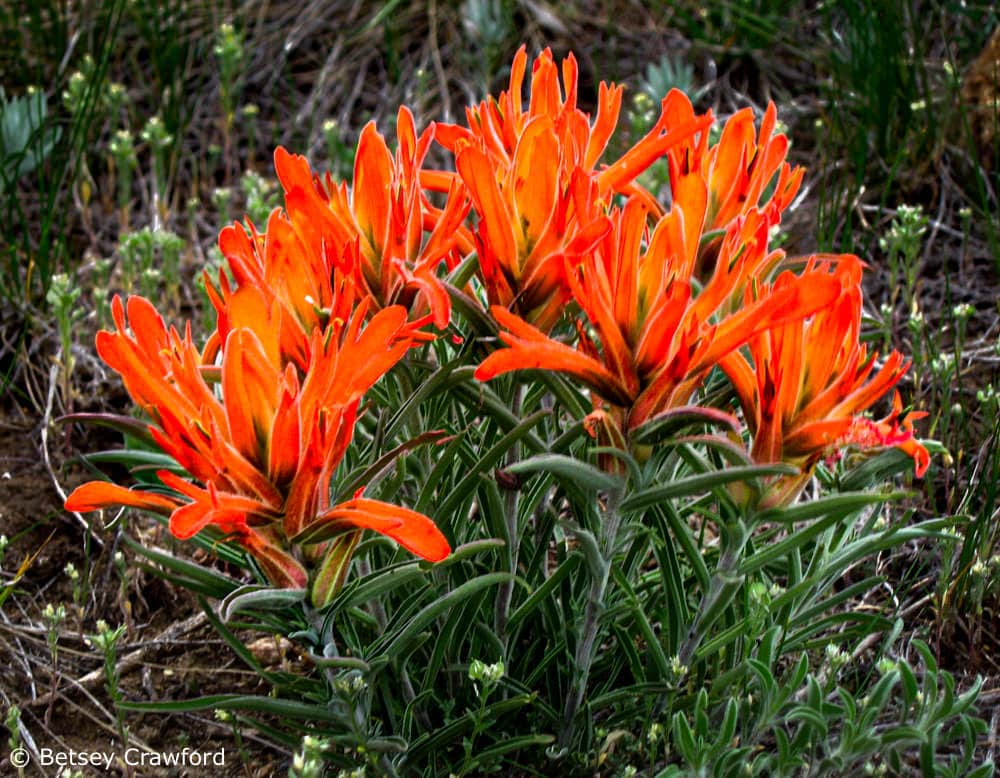
I wrote about one of the hurdles to getting on that blessed path in Plant Blindness. The malady, named and studied in the 1990s, is surprisingly common and very dangerous. The inability to register plants in one’s environment or to see the importance of the plant world are two of the symptoms of plant blindness. We would not be here without plants. They are the most crucial beings on the planet. Yet studies show that though people can identify 1,000 corporate logos, they can only identify 10 plants. We won’t save what we don’t even see, and we can’t cure what we don’t know is afflicting us as a culture.

It’s a language too few speak. And if we do, all too often it’s the artificial landscaping language that was born in the post-World War II suburbanizing boom. In Native Language I made a case for speaking the plant language of place, reflecting the “fierce peace of deserts, the hush of forests, windswept prairies. Alpine lakes nestled high in the mountains. Spare, rocky coasts, mysterious wetlands.” Plants speak a distinct language in each, forming the matrix around which every ecosystem forms, all members living their continuous conversations.

I created conversations between poetry and photos to celebrate September’s monthlong Season of Creation. I opened Attention is Reverence with Mary Oliver, the high priestess of the act of attending, and included her poem about a baby owl. The gateway to awe and wonder, attention is a gift we give the earth and ourselves. Especially when we are surrounded by continuous and dire calls on our energy and time. “Among the many synonyms for devotion are enthusiasm, fervor, intensity, love, passion, reverence, zeal, ardor, observance, sanctity, and spirituality. All things we invite into our lives the moment we attend.”
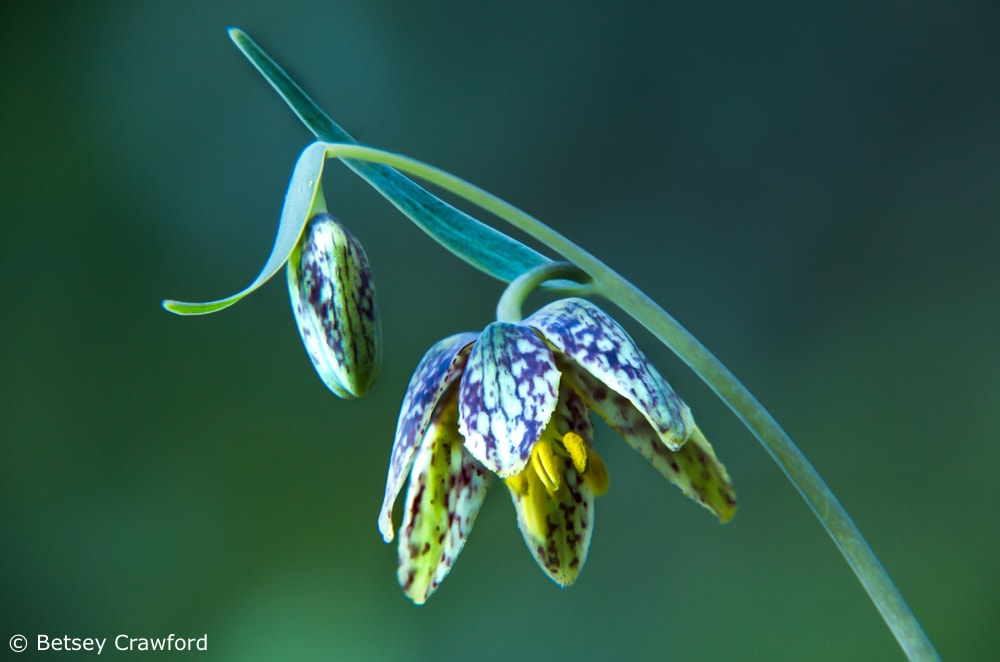
Moving to the words that form conversations, I dived into the complex and fascinating naming of plants in A Rose by any Other Name is Complicated. Depending on where you are, the common name of the flower above is checker lily; below is checkerbloom in one place, checker mallow in another. One is checkered, one isn’t. You can see why scientific naming is very useful. It means that if I want to communicate with a botanist in Shanghai or Zanzibar, we can be sure we are speaking of the same plant. Naming also exerts power. The worldwide use of Latin names was largely fostered by colonialism, so it can be very complicated. That complexity showed up in an unexpected place this year and inspired this essay.
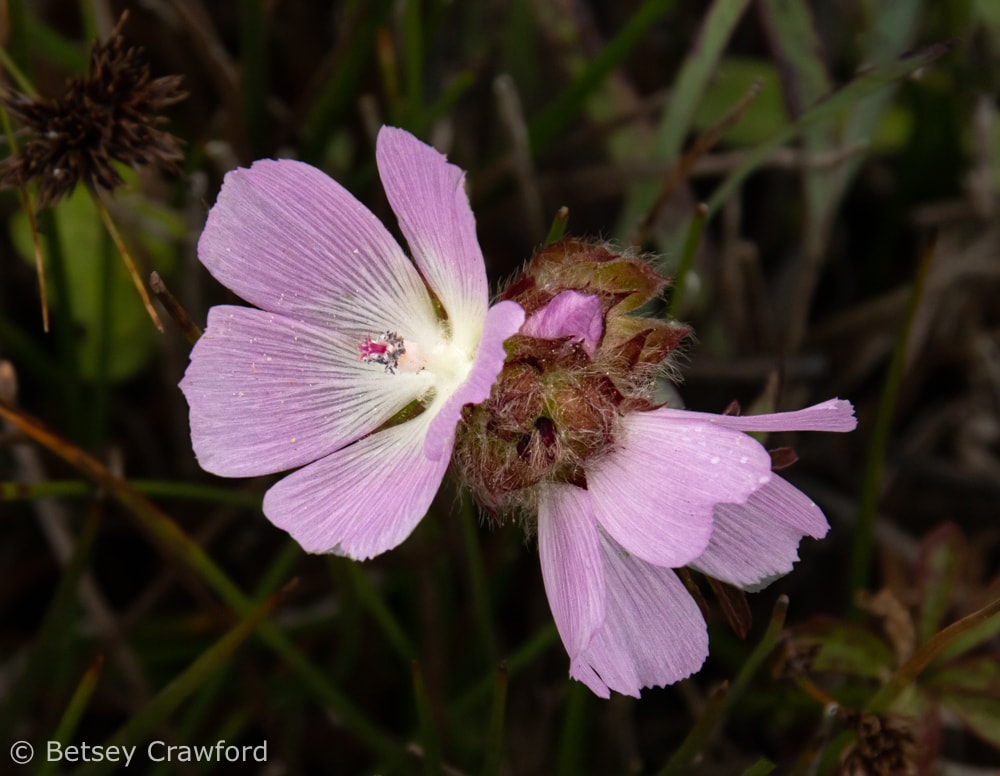
So it was a year of being among, contemplating, photographing, and writing about plants and their green world. I even delved into the mystery of why there are so few blue flowers, like the rare blue iris above, in my Halloween post. Given the ever-present roar from a desperate world, I was profoundly grateful for the solace the green earth offered me this year. So it’s fitting that on Thanksgiving weekend I posted the Haudenosaunee Thanksgiving Address. Which, in its lovely, incantatory cadences, thanks every element of the natural world. A joyous post at the best of times, it was particularly fun since I could use photos I don’t often get a chance to in my plant world musings: of people, fish, the moon; of tempestuous storm clouds and windblown skies.
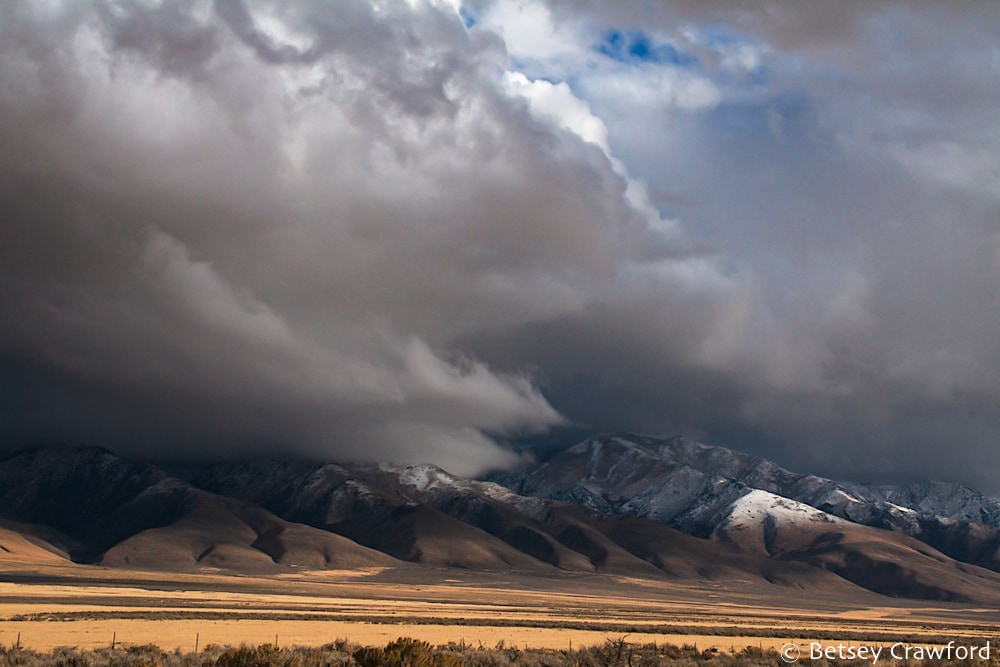 I’m going to give a wild iris the last word of 2021. In the spring, this part of California is an iris lover’s paradise. While they were blooming I attended a webinar that included a Council of All Beings, an interactive process developed by environmental activists Joanna Macy and John Seed. Participants invite other-than-human beings to choose us to speak for them, and a wild iris chose me. That voice grew into A Wild Iris at the Council of All Beings.
I’m going to give a wild iris the last word of 2021. In the spring, this part of California is an iris lover’s paradise. While they were blooming I attended a webinar that included a Council of All Beings, an interactive process developed by environmental activists Joanna Macy and John Seed. Participants invite other-than-human beings to choose us to speak for them, and a wild iris chose me. That voice grew into A Wild Iris at the Council of All Beings.
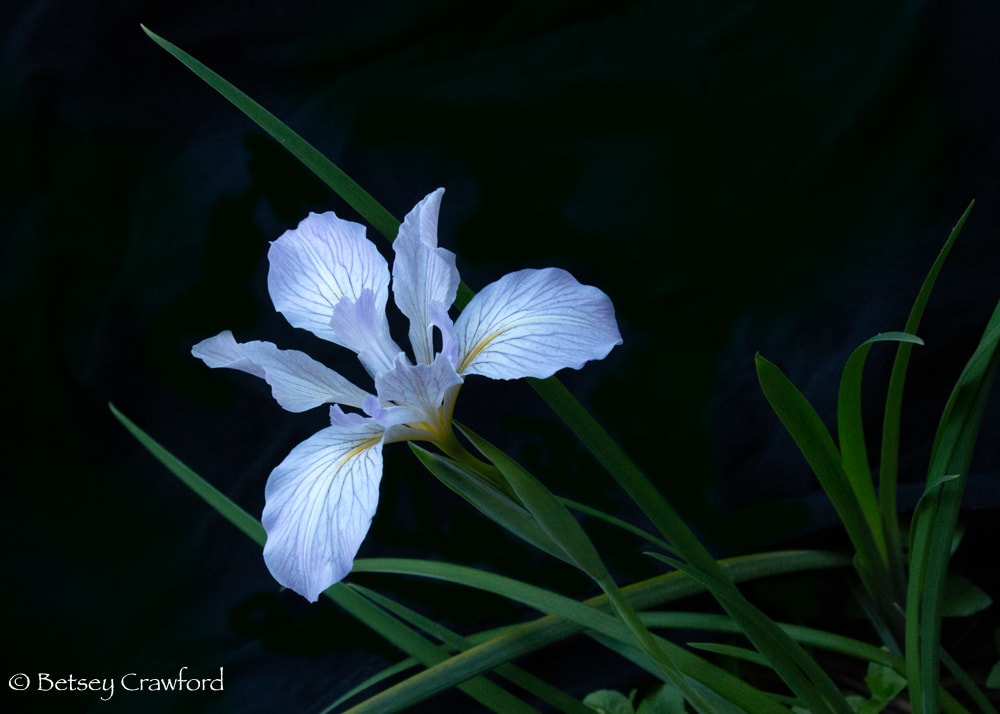 We are the same life, lived over and over again, echoing for billions of years. We are the birth of the universe, the explosions of stars, the fire of volcanos, the flow of water, the pull of the moon. The gift of carbon, of gravity, of photosynthesis. Connected to all the deepest forces of the universe. We sing together in the chorus of the cosmos, luminous energies, messengers of the divine.
We are the same life, lived over and over again, echoing for billions of years. We are the birth of the universe, the explosions of stars, the fire of volcanos, the flow of water, the pull of the moon. The gift of carbon, of gravity, of photosynthesis. Connected to all the deepest forces of the universe. We sing together in the chorus of the cosmos, luminous energies, messengers of the divine.
These powerful forces operating in endless time have brought me to this moment when I glow in the shaded woods and stop you in your tracks. I quiet you. In that pause, that precious interlude of luminous beauty, nothing else matters. I am a portal to the wide-open spaces beyond the path of your days. In my presence, you remember that you are in love with life.
As this year closes, I wish everyone a new year blessed with beauty and wonder, in love with life.
I’d love to have you join me! If you add your email address, I’ll send you notices of new monthly posts.[madmimi id=178565]
Related posts:
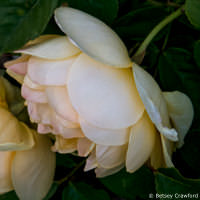
the mystery of beauty
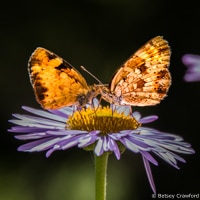
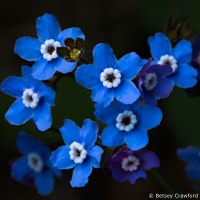
A year of love and death

Oh wow. Thank you for your year-in-review. I am able to now read what you wrote all year because of the pause we are given this time of year. I look to your art that combines unique visions of nature with a mastery of written communication to bring me a feeling of connection. I am grateful for that. As a Montessori lower elementary teacher, I yearn to bring that forward to students in my care.
Thank you for this lovely comment, Diana. I love hearing from Montessori teachers! I so admire your work.